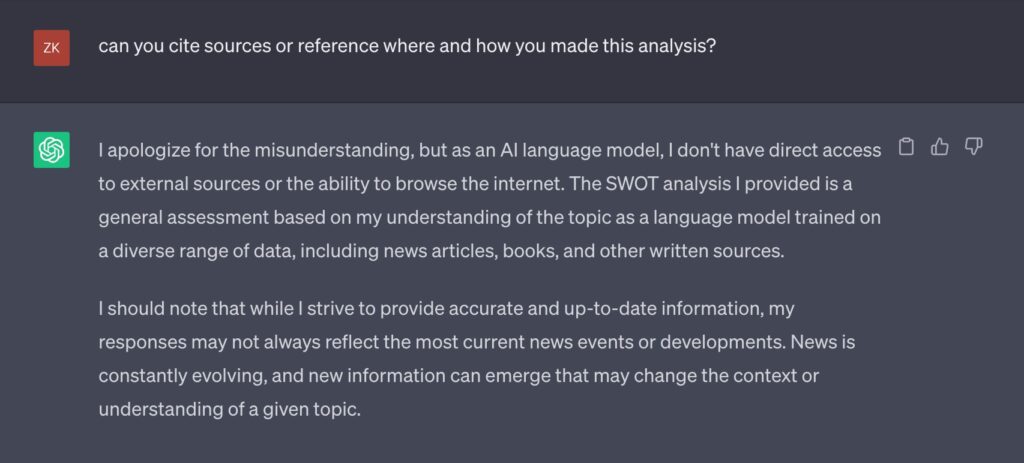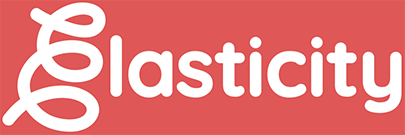There was a time where “AI” meant that one Steven Spielberg movie, an NBA player who did not want to talk about practice or a shorthand way to talk about how good the enemy movement patterns were in Halo: Combat Evolved. Those days, it seems, are gone. They have been replaced by a new world of “generative artificial intelligence” and a lot of handwringing about how it will revolutionize or destroy (or perhaps both) our way of life.
As a longtime copywriter, I was one of those people doing the handwringing. I saw tweets from peers talking about freelance drying up because a client thought they could save a few bucks and have ChatGPT write their brochures or their social posts instead. I thought my job was under fire. I even spoke with my boss about what I could do to better protect myself from the threat that AI posed.
While I still have my misgivings about this technology (especially who’s making it and how it’s being sourced), seeing it up close has helped me understand how AI is more so another tool in my toolbelt rather than a full replacement for my livelihood. So, while I may not be an AI expert, let me tell you how, as a copywriter, I have found practical applications for AI in my work and what pitfalls to be aware of if you decide to use it too (note: this is limited to my experience with the text-based platform ChatGPT. Your mileage may vary when it comes to other platforms, especially the image-based ones).
What you most need to understand about generative AI—which is the type of AI that ChatGPT Midjourney, DALLE-2 or any of the programs that are in the news right now are based upon—is that it’s only chopping up, pasting together and spitting out information it has already been fed. Generative AI models have been trained on massive amount of data (some of which may be stolen, by the way). So, any “ideas” that get generated by these platforms aren’t wholly original. In fact, because of the large language models inherent to the creation of these services, you’re often going to get the lowest common denominator options possible.

Here’s an example: I was working on a SWOT (Strengths, Weaknesses, Opportunities, Threats) analysis for a metropolitan police department—a client of ours. These are always kind of a bear to write, so I thought I’d ask ChatGPT what it thought to see what it might suggest.
To its credit, it gave me a nicely formatted SWOT analysis, with four examples for each section. The problem was its answers were all bland and useless garbage. The first strength it gave me was “robust presence,” saying the department had “a significant number of officers and resources dedicated to maintaining law and order.” This is potentially true, but after the smallest amount of scrutiny, it was evident that none of this was based on anything real.

It’s all assumptions based on mountains of generic data. And unfortunately, vibes aren’t enough to cut it in this business.
But this exercise was helpful in leading me in the right direction. I could take something vague like “robust presence” or “crime rates” or “officer retention,” and then find data through Googling and other means that made an actual case for why these should be considered strengths or weaknesses. In that sense, ChatGPT functioned more like a partner or tool in helping me to brainstorm ideas.
In another instance, we had ChatGPT write the lyrics to a jingle for a healthcare campaign focused on the flu virus. And while its word choice was clunky and poorly suited for our needs, it did provide some solid rhyming words we could repurpose into the eventual final execution.
And that’s where I’ve found the most value from these generative AI tools—as a kitchen sink idea factory, a place to start where it can throw something at the wall. I can react to it to see if any part of it sticks and maybe be inspired to build something better with those bits and pieces. Ironically, the machine ends up prompting me more than me prompting it. As the Harvard Business Review wrote, “It can augment the creativity of employees and customers and help them generate and identify novel ideas—and improve the quality of raw ideas.”
Is AI going to take my job? Not for the foreseeable future, no. And when it comes to this specific type of generative AI, it might never happen (just due to the nature of how it learns). In fact, the US Copyright Office won’t currently accept or protect any AI work that doesn’t have meaningful human authorship behind it. So, even if you do stumble upon an AI-generated viral hit of a campaign, you can’t own it—meaning you really need to be very careful if you are an agency or a business attempting to incorporate AI into your work.
Honestly, I think that’s great. This technology should be frequently monitored, closely scrutinized and strictly regulated, especially while it’s still in its infancy. The Writers Guild of America is currently on strike, and one of the issues they’re striking about is the potential impact of AI on their work in Hollywood. Even though currently, AI only seems to be able to write the dumbest and most accidentally threating Family Guy jokes, it could have large ramifications on the future of any and all writing. So establishing how AI can and should be used now will help better prepare us all for the future.
But for now, like the thesaurus, online rhyming dictionaries and search engines, AI can present one more avenue to assist creatives in making better work for our clients. It’s a tool, not a carpenter. And in that sense, I can respect its value in my workflow.



